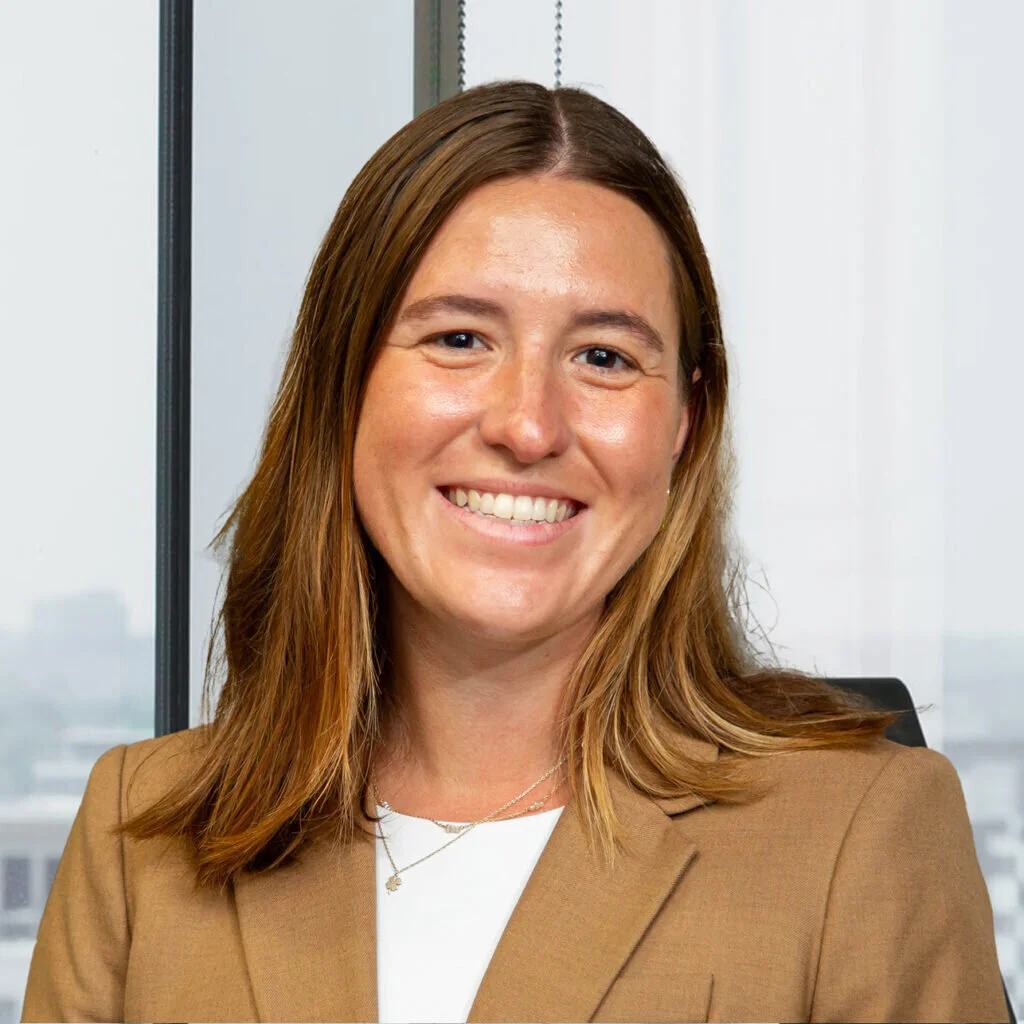Strategic Planning During Uncertain Times: From Panic to Possibility
If you are leading a nonprofit today, you know the reality of uncertainty. Funding can shift overnight. Policy changes arrive without warning. Community needs grow more complex. And yet, your organization is expected to chart a path forward with confidence.

Traditional long-term planning is no longer enough. Relying on static, three-to-five-year plans can leave many organizations exposed when conditions shift. What is required today is a planning approach that adapts to change, anticipates risk and keeps the mission steady, even when the environment is unpredictable.
Why Traditional Strategic Planning Falls Short
Classic strategic plans were designed for stable conditions. They assume predictability and steady growth. In today’s environment, these assumptions no longer hold. Economic volatility, shifting donor expectations and new regulations can quickly make a static plan outdated and even risky.
A different approach is needed. One that treats strategy as a living document rather than a fixed blueprint.
Key Elements of an Adaptive Plan
Key Element #1 People, Culture and Communication
Strategy succeeds only when people align around it. Clear roles, strong communication and a culture that values adaptation are essential.
The RACI framework provides clarity by defining who is Responsible, Accountable, Consulted and Informed. This ensures that execution is coordinated and responsive to change.
Key Element #2 An Adaptive Approach
An adaptive approach includes two important concepts: modular planning and scenario planning.
Modular Planning: Strategy as Lego Blocks
A modern strategic plan should be modular, with each part able to stand on its own. Imagine the plan as a set of Lego blocks. Each block represents a key element: mission, vision, values, strategies, objectives, key action, responsible parties and timelines.
When one part of the environment changes, you do not need to dismantle the entire plan. Instead, you adjust or replace the block that no longer fits. A funding source may shift, a timeline may change, a key stakeholder may leave your organization, or a program may need to be reconfigured. With a modular approach, the rest of the plan remains intact, and your organization can adapt without starting over.
This flexibility ensures that strategy is durable and responsive, not rigid and easily broken.
Scenario Planning: Preparing for Multiple Futures
The most effective organizations are not the ones that predict the future, but the ones that prepare for multiple futures. ABC Scenario Planning is a useful framework for doing this:
- Scenario A (Best Case): Increased funding, strong donor engagement, and favorable policy changes.
- Scenario B (Baseline): Stable conditions with no major disruptions.
- Scenario C (Worst Case): Funding reductions, reduction in donor support, economic downturn, or new restrictions.
Pairing these scenarios with modular planning allows nonprofits to quickly pivot while keeping the larger structure of the strategy in place.
Key Element #3 Financial Resilience and Diversification
Financial planning is central to adaptive strategy. Each scenario should be paired with a corresponding financial plan that strengthens the organization’s ability to withstand shocks and capture opportunities. This includes:
- Building and protecting reserves.
- Diversifying revenue streams through earned income, social enterprise or impact investing.
- Running financial projections under each scenario to identify adjustments in advance.
How to Manage and Communicate Uncertainty to Donors
We know our donors are not expecting certainty at all times, but they are expecting transparency. To begin this conversation with donors, amidst uncertain times you may need to look back to then look forward.
First begin by taking a step back to share how your organization has remained resilient throughout the various challenges and unprecedented times your organization has undergone. This will allow your donors see the resilience of your organization and the value of their continued support – whether it be during smooth sailing or rocky waters.
This will then help set the stage for how you will remain nimble (through implementing the Modular Planning and ABC Planning as noted above) in the future and explain the roadmap your organization is taking to continue your important work.
By sharing how you’re assessing risks, adapting plans and preparing for multiple futures builds trust and confidence – and may even open the door for further cultivation or solicitation with the donor. Interested in learning more about how to build transparency between you and your donors? Read “The Nonprofit Transparency Checklist for Building Trust” blog!
Empowering Staff and Volunteer Leaders to Stay Responsive
As your organization continues to consider the ‘what ifs’, it will be important to educate and empower your staff and volunteer leaders to remain responsive and adaptable.
Allowing time and space for dialogue, discussion and feedback helps staff and volunteer leaders feel prepared with what could come as well as making sure they’re aligned as to how your organization will be responding. This equips them with more knowledge, and a level of stability.
Simple ways to do this include:
- Acknowledge the uncertainty! It’s the elephant in the room, so it will be important for staff and volunteers to know that you see it too and are addressing it.
- Educate on how the organization is responding through transparently presenting the ABC scenarios at an all staff or Board meeting.
- Request their partnership and participation, so they know the value of their input, feedback and expertise – this will create buy in and alignment for your organization.
Closing: Embracing Possibility
Strategic planning during uncertain times is not about predicting the future with perfect accuracy. It is about building the capacity to respond, adapt and endure.
Now is the time for nonprofit leaders to embrace adaptive planning. Build a modular plan that can adjust without collapsing. Prepare for multiple futures through scenario planning. Align financial resilience with organizational culture. Strengthen donor trust through transparency.
These actions transform uncertainty from a barrier into a catalyst for resilience and growth.
Ready to begin planning? Download Alford Group’s free scenario planning tool here.



